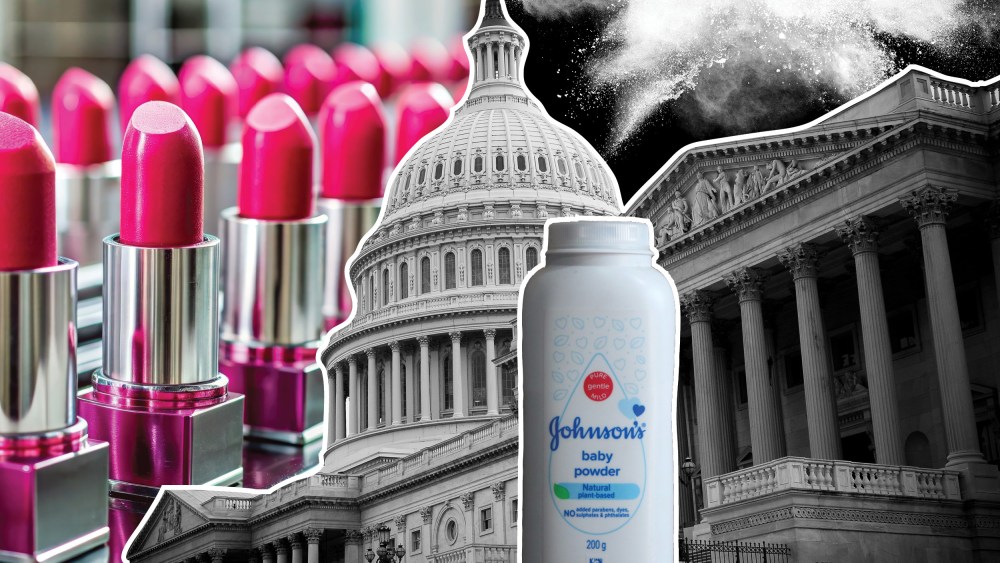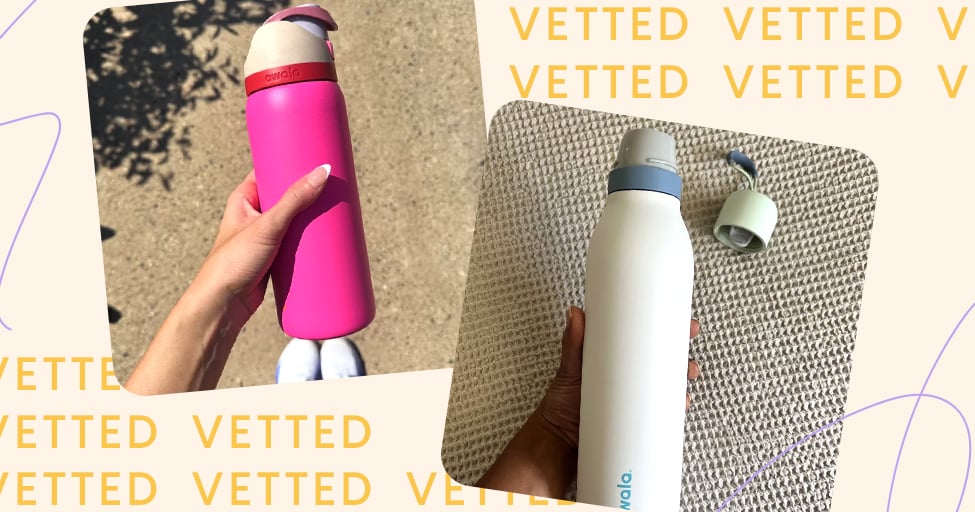A big deadline in the beauty and personal care regulatory landscape is fast approaching, with much more to come — although some experts believe this still isn’t enough.
Under the Modernization of Cosmetics Regulation Act, or MoCRA, passed by Congress at the end of 2022, cosmetics companies across the U.S. are required to register their facilities to the Food and Drug Administration by Monday, pushed back from the original deadline of December. They must also list each marketed cosmetic product, including product ingredients, and provide any updates annually.
“That’s normally how the proverbial camel’s nose goes under the tent,” said Marc J. Scheineson, partner at Alston & Bird and former FDA associate commissioner, of the registration process. “For the FDA drawing companies into tighter regulation, they want to know who’s out there and what they’re making and selling and that’s likely to be thousands and thousands of different products and companies, so that ought to keep the FDA busy for a while — just studying the registrations and listings that are expected to come in soon.”
Related Articles
MoCRA is the first major statutory change to the Food, Drug and Cosmetic Act regarding the regulation of cosmetics since the FDCA’s enactment in 1938. While not as far-ranging as some had hoped, the headline is that the FDA has been ordered by Congress to toughen up its regulation of the cosmetics industry.
The registration process follows other MoCRA requirements that are already in effect as of 2023, including maintaining records regarding adverse events; reporting serious adverse events to the FDA within 15 days, and labeling professional use cosmetics as “for professional use only.” The FDA also now has sharper teeth in terms of inspections, mandatory recalls and facility suspensions.
Yashi Shrestha, cofounder and head of science and research at Novi Connect, a platform for clean beauty verification and ingredient sourcing, partnered with FDA compliance firm Registrar Corp. to assist cosmetics and skin care brands nationwide in registering their cosmetics facilities and product listings with the FDA. With that deadline coming up, she is turning her attention to the next item on the agenda: allergens.
The FDA is expected to make an imminent announcement identifying fragrance allergens that must be disclosed on cosmetics labels and the format for disclosure, in line with European Union and other international requirements.
“The focus thus far has been on facility registration and adverse events. We know the next thing coming down is fragrance and allergens,” said Shrestha. “I see that being a huge part of how we move forward, both on the brands’ side, who will continue to have full visibility into what they could potentially be exposing their consumers to, and on the retailers’ side, who will equally need that transparency for their customers who buy these products. We’ll be helping both retailers and brands craft those requirements into their standards in clean and safe products to market.”
Scheineson added that unlike Europe, where trade secrets aren’t as well protected for cosmetics, in the U.S. the labels only have to list fragrances or flavors, but not what the formulas are. “Now FDA will have guidance on how to label cosmetic products,” he said.
For Debi Theis, president of Henry Rose, the genderless fine fragrance brand founded by Michelle Pfeiffer, the move is “the right step forward.”
“Thirty percent of people have some kind of allergic reaction to fragrance. It’s really important that they are able to have that line of sight into what is in each of their products that have fragrance…it’s just becoming more and more transparent from the consumer’s point of view,” she said. “We have always had our allergens on our packaging. In fact, we’re 100 percent ingredient transparent, which is taking it even a step further because we think it’s really important for the consumer to know what they’re putting on their body.”
As for what else is still to come, the industry is awaiting the FDA to issue guidance on good manufacturing practices, set to be published in 2025.
On this, Kelly A. Bonner, an associate at law firm Duane Morris, said: “They’re not reinventing the wheel. There are standards out there. It’s just going to be what the FDA say is the standard in the United States.”
The FDA has also published proposed rules regarding standardized testing methods for detecting and identifying asbestos in talc-containing products, which are pending review.
Asbestos was found in some cosmetics products at Claire’s in 2019, but at the time the FDA could only advise consumers not to use them. The following year, Johnson & Johnson announced it was discontinuing the sale of its now controversial talc-based baby powder in the U.S. and Canada after thousands of lawsuits filed by cancer patients. The suits alleged that talc used by the company in its baby powder product was contaminated by asbestos for years, potentially causing ovarian cancer in unwitting consumers. In 2023 it pledged to begin using cornstarch in all baby powder it uses globally and in June it reached a $700 million settlement in the talc case with U.S. states.
Of the changing regulatory landscape, the Personal Care Products Council, the industry’s trade organization, said: “PCPC member companies continue to work diligently to meet all MoCRA deadlines.”
Bonner, for one, believes the industry has been taking the changes seriously and that the goal for the FDA is to get through the first few years of MoCRA and then take stock.
“Ultimately FDA is going to take a hard look at it and think, ‘OK, what are our enforcement priorities now that we have the data, now that we’ve got everything in place? How do we tweak this? How do we refine this to better assist the industry, to better aid consumers?’”
But many also believe there is still much more to be done.
Homer Swei, vice president of Healthy Living Science at the Environmental Working Group, said while MoCRA is a significant step forward in improving the safety and transparency of cosmetics, it falls short in one critical area: mandating the safety review of individual chemicals used in personal care products.
“People use multiple products every single day, often layering them without knowing the full extent of potential chemical exposures,” he continued. “With the exception of talc and PFAS, improvements to the definition and determination of safety were left out of MoCRA, and are generally left to manufacturers. This is different from international regulations, where the government takes a more active role in determining safety and safe use. A stronger law would ensure that each ingredient is thoroughly tested and reviewed for safety before being allowed in products that consumers use daily.”



